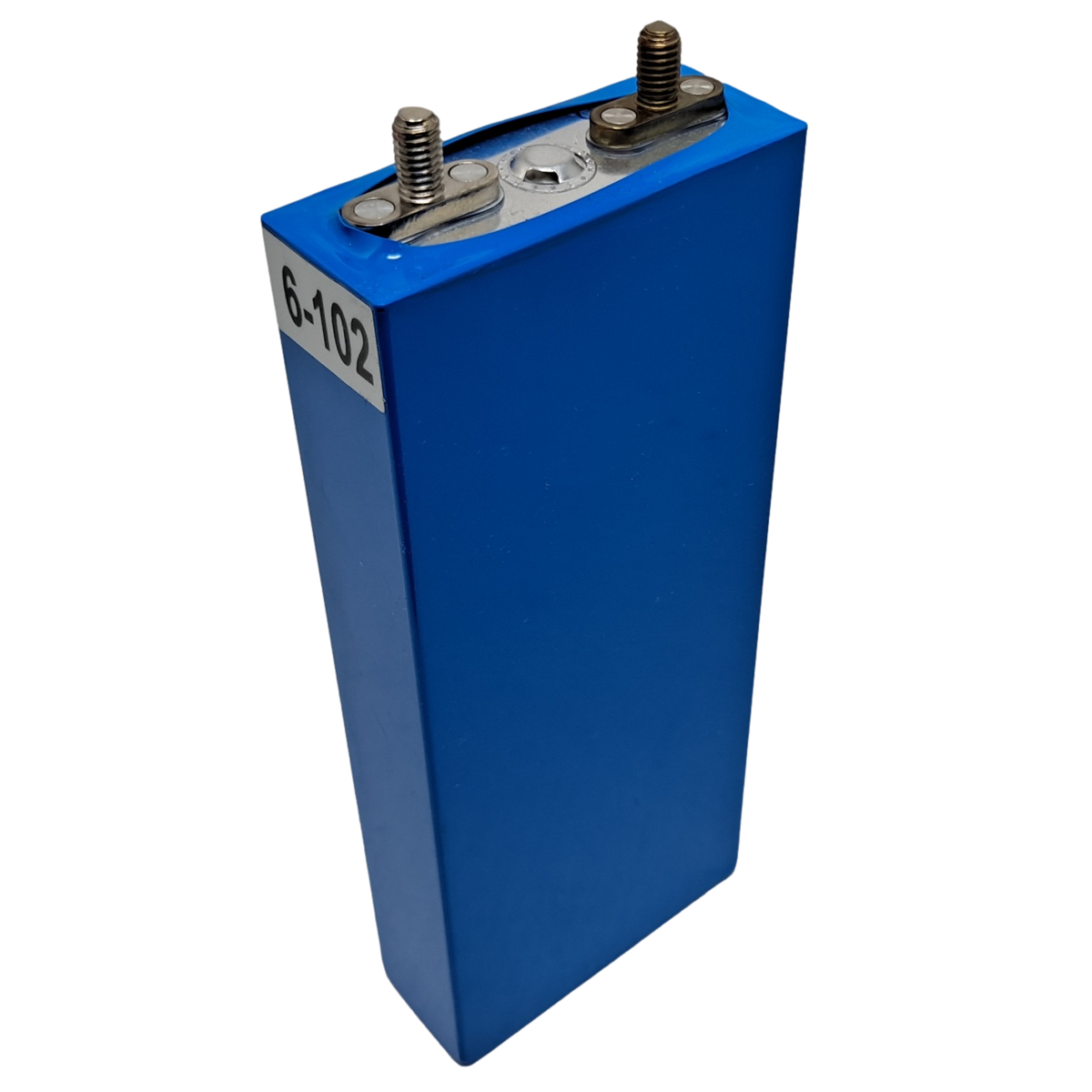Florida Sun
New Member
Hi everyone,
I am new to this whole solar power community. I am looking to build a small system of 3kw or there abouts. I will be using San Tan 250w panels, I will be ordering 16 of them to do a ground mount system and a additional 4 for reserve. I was thinking of wiring them in 3 strings of 4 per string, open voltage of 150.4w per string. Hear are the specs on them....
Thanks and looking forward on hearing your thoughts.
Sean
I am new to this whole solar power community. I am looking to build a small system of 3kw or there abouts. I will be using San Tan 250w panels, I will be ordering 16 of them to do a ground mount system and a additional 4 for reserve. I was thinking of wiring them in 3 strings of 4 per string, open voltage of 150.4w per string. Hear are the specs on them....
Features:
- 60 cell, polycrystalline
- Weather resistant. Certified for salt mist and ammonia resistance
- Anti-Reflection surface treatment
- IP65 Junction Box w/MC4 Compatible Connectors
- Frame: Anodized aluminum alloy (Black or Silver)
Specifications:
- Rated Power: 250W
- Open circuit voltage (VOC): 37.6 V
- Max power voltage (VMP): 30.3 V
- Short circuit current (ISC): 8.85 A
- Max power current: 8.27 A
- Power Tolerance 0/+3%
- Maximum system voltage: 600V (UL)
- Fuse Rating: 15 A
- Weight: 41 lbs.
- Dimensions:64.95 × 39.05 × 1.37 in
Thanks and looking forward on hearing your thoughts.
Sean




